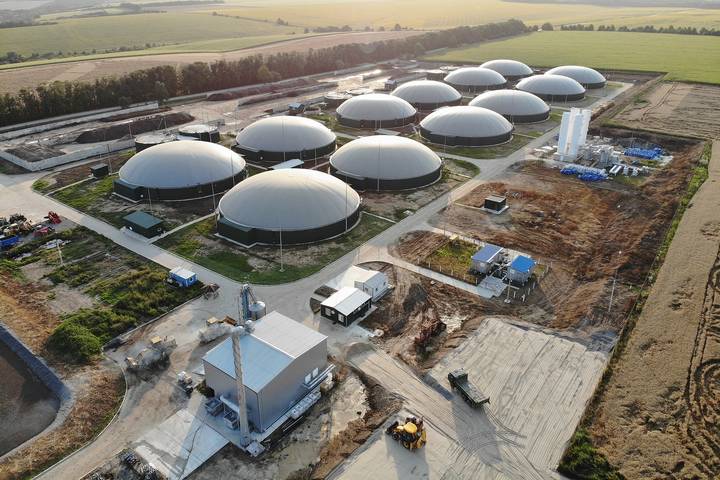Biogas is a renewable energy produced when microorganisms break down animal and plant waste in the action of bacteria and the absence of oxygen. Biogas is an environmentally friendly process involving breaking down waste products naturally to produce energy that will be used in various ways, such as fueling vehicles.
Carbon dioxide (25% – 50%) and methane (50% -75%) are the primary ingredients of biogas. But depending on the organic matter being broken down, there could be traces of moisture and gasses in different quantities. You can save energy and money using domestic production to produce cooking gas.
From biogas upgrading to biofuels, there is a lot to discover about this renewable energy. Let’s dig deeper into biogas and learn how it is produced, its different types and some interesting facts about biogas.
How Is Biogas Being Produced?
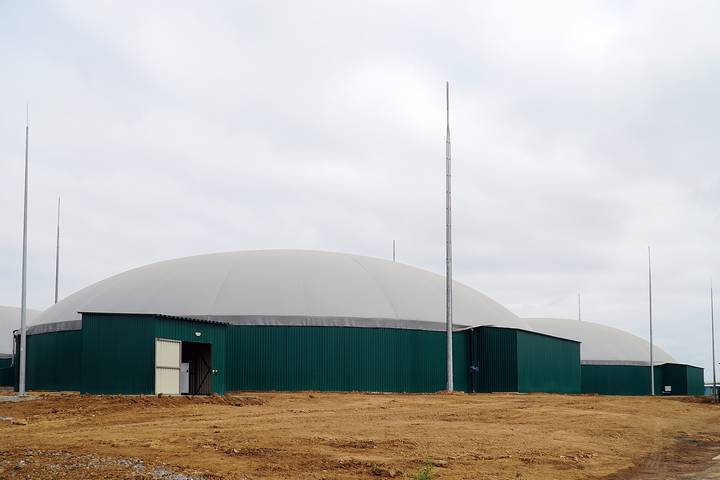
For this process to occur, there must be conditions to be observed. Conditions like the absence of oxygen. An industry can conduct this process to produce fuel or occur naturally. Biogas production is being carried out in anaerobic digesters called biogas plants.
Biogas plant occurs in five components:
- Inlet waste feed pipe
- Digester
- Gas holder
- Water jacket
- Delivery system and an outlet pipe
Introducing organic matter into the digester allows for an anaerobic process because there is no oxygen. Many different kinds of waste can be used in this process. For example, municipal rubbish, food waste, animal manure, plant manure or even sewage.
Stages of Biogas Production
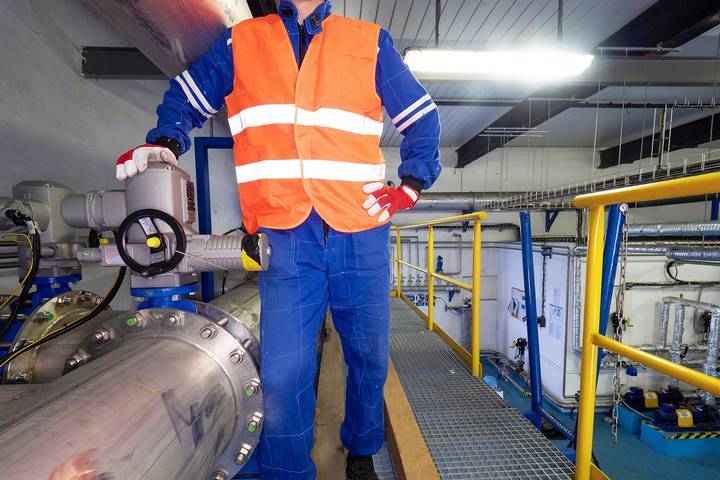
Biogas is a biological process that is also known as anaerobic production.
This process occurs in four various stages, namely:
Hydrolysis
This is usually the first stage in biomass conversion to biogas. Certain bacteria are broken down into simple sugars before they are promoted to the next stage.
Acidogenesis
Acidogenesis is the second stage, where certain bacteria called acidogenesis are broken down into simple sugars, and the amino acids are converted into ammonia, carbon dioxide, organic acids and hydrogen.
Acetogenesis
Acetogenesis is the third stage, where acetogenic bacteria convert into hydrogen, carbon dioxide and acetic acids.
Methanogenesis
This is the final stage of converting organic matter into biogas. In this stage, single-celled methanogens are converted into final products, methane. In this stage, solid and liquid leftovers are found that microbes can no longer use. Methane is usually a combustible gas that can be burnt and used in various places like lighting and cooking.
Importance of Biogas
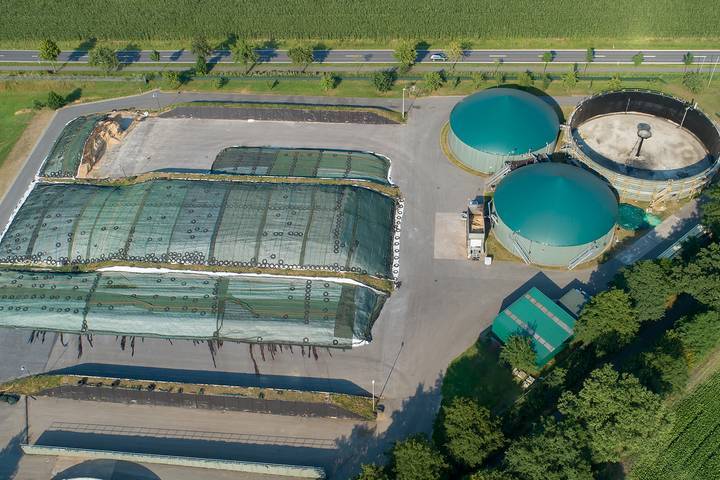
Biogas encourages simple and low-cost technology with the circular economy. Biogas is a free thing to acquire, and you can easily convert the biomass to energy that the family will use for the entire day.
It reduces soil and water pollution. This way, many diseases, such as water bone diseases, might be avoided. It also reduces parasites in the locality, thereby improving the hygiene and sanitization of the environment.
An alternative like biogas, especially in developing areas, will save women and children the energy to go out in the woods and fetch firewood. As a result, there will be enough time for them to do their house chores and cook.
Biogas is a renewable energy source that is healthy for the environment. No combustion is produced, as well as zero emission of greenhouse gasses in the atmosphere.
Fascinating Facts About Biogas
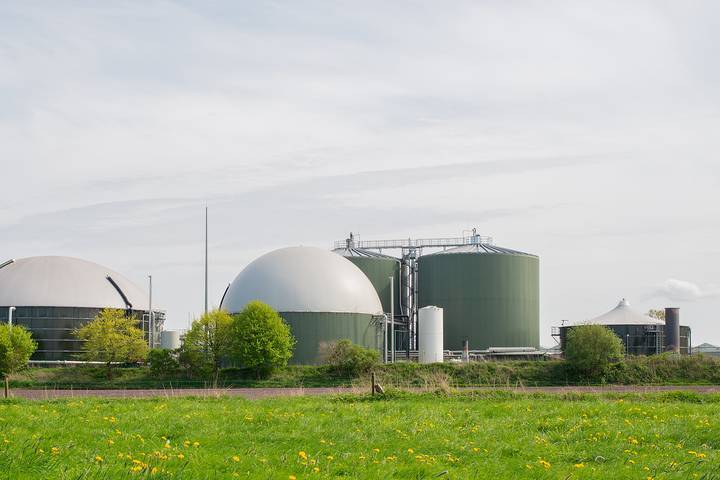
Biogas and biomass are both biofuels. But biomass is a solid organic material discovered by humans and used to create fire. In short, biomass is the raw material, and biogas is the end product. Of the entire world’s population, China is one country that has embraced biogas, as almost 52 million households in the villages use biogas.
Natural gas is not a biogas as it is not renewable. So many names are given to biogas by different people in different countries. For example, it is called swamp gas in the US. Biogas is not a discovery at all. The first human used this gas to cook food and heat their bath.
In the 17th century, there was a chemist called Jan Baptist Van Helmont, who discovered that flammable gasses could also come from organic matter, and he was also the first person to call it gas and being used in the vocabulary since then.
Hope that you have understood what biogas is, some facts about it and its benefits to our environment. We know that biogas can occur naturally and can also be used by industries to produce them in bulk. But you can also have your small biogas production where you only produce gas that you can use in your house to save yourself from the cost of electricity and the hustle of looking for firewood just to prepare a meal.

